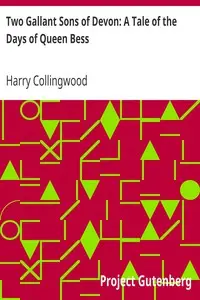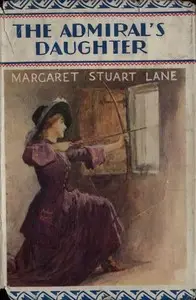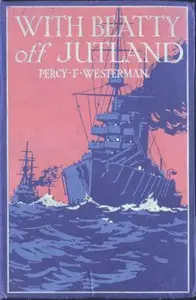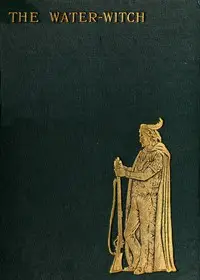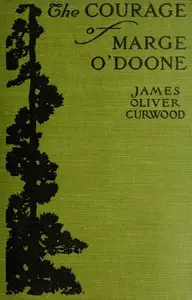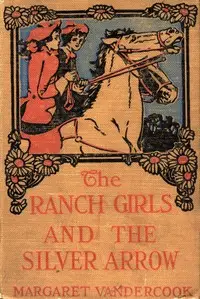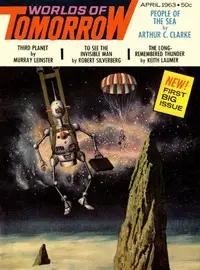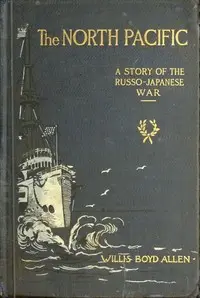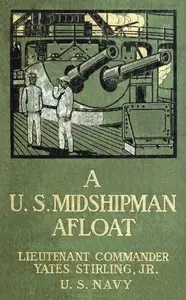"The Two Admirals" by James Fenimore Cooper is a story that brings us back to the 1700s, diving into British naval battles. It tells a tale of the sea, where honor and family legacy steer the lives of characters such as Sir Wycherly Wychecombe and his nephew, Lieutenant Wychecombe. The story begins on the English coast, where Dutton, who runs a signal station, and his daughter Mildred live. When Lieutenant Wychecombe tries to get a flower for Mildred, he falls off a cliff. This event leads to a rescue that shows the courage of Dutton and Sir Wycherly and gives a peek into the Wychecombe family's history, preparing us for the adventures and displays of bravery that are to come.

The Two Admirals
By James Fenimore Cooper
On the 18th-century seas, a family's legacy is tested when a daring rescue reveals the courage needed to navigate both treacherous waters and the complexities of honor.
Summary
About the AuthorJames Fenimore Cooper was an American writer of the first half of the 19th century, whose historical romances depicting colonial and indigenous characters from the 17th to the 19th centuries brought him fame and fortune. He lived much of his boyhood and his last fifteen years in Cooperstown, New York, which was founded by his father William Cooper on property that he owned. Cooper became a member of the Episcopal Church shortly before his death and contributed generously to it. He attended Yale University for three years, where he was a member of the Linonian Society.
James Fenimore Cooper was an American writer of the first half of the 19th century, whose historical romances depicting colonial and indigenous characters from the 17th to the 19th centuries brought him fame and fortune. He lived much of his boyhood and his last fifteen years in Cooperstown, New York, which was founded by his father William Cooper on property that he owned. Cooper became a member of the Episcopal Church shortly before his death and contributed generously to it. He attended Yale University for three years, where he was a member of the Linonian Society.

